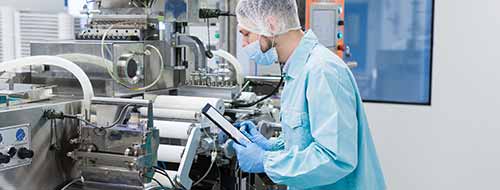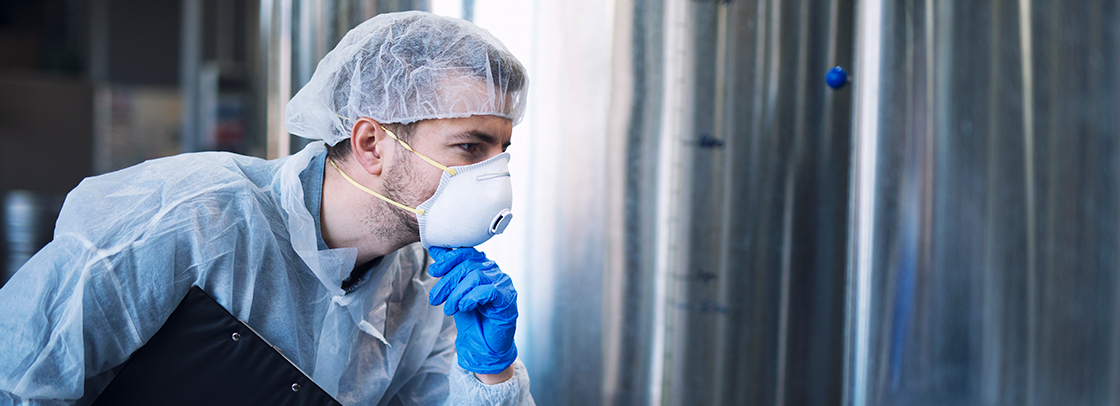Weight Control
Thickness Control
Capping
Double Impressions
‘Fines’ control
Optimal Ejection
Conclusion
“Ensuring every table meets the required safety and quality standards”
———–
Tablets have helped people improve their health worldwide and have become an essential pharma product for pharma businesses. Existing pharma companies control most of the market because they know its potential, which leads them to earn more money.
If you, too, are in the pharmaceutical business and want to improve your process for a greater yield, you must understand the tablet manufacturing process. Knowing how tablets are manufactured has always pushed pharma owners to earn higher profits. This could be a little complicated, but a considerable thing to remain competent.
Therefore, whether you are a business owner or a curious learner, learning the right procedures and principles of tablet manufacturing helps you navigate possible failures.
As a pharma company with decades of experience, we understand the potential of the tablet market. Hence, we intend to solve problems by addressing issues that lead to poor quality.
Here’s a quick read to help you understand how the pharmaceutical tablet manufacturing process encounters common defects. This will help you determine what could go wrong to prevent you from having bad quality. Thus, In this article. We have focused on a few attributes to define the proper measurements for avoiding possible defects in tablet manufacturing to succeed in the market.
Weight Control
It is critical to maintain the weight as weight variation in tablets is a common concern.

Irrespective of the small or micro-sized tablets, the actual problem lies in the weight system. If the weight gets too high or low, it directly impacts the active ingredient activity. This affects the effectiveness and efficacy of a tablet.
Good weight control is often achieved using a compressing tool used for compressing Tablets. Using the proper compression force through a technique called punching, we can achieve uniform weight.
Optimizing the weight is necessary to troubleshoot the major defects related to it. Thus, shortening the punch leads to maximizing the compression force. This helps optimize the compression rate, which helps balance weight and decrease distortion.
Thickness Control
The thickness of the tablet mainly affects tablet weight size and hardness and, thus, the effectiveness of the tablet inside the body.
Reasons why defects in thickness occur-
- The defect could be due to the unwell conditions of the compression machine.
- Varying lengths or variations in punch tooling could have a higher effect on tablet deformity.
- Uncleaned and unmaintained tablet presses also give rise to thickness defects.
- Tablet thickness is directly related to tablet hardness. So if the hardness is increased, so will the thickness which may affect the therapeutic effectiveness of the tablet.
If the tablet thickness is improper and does not fall into a specified range, it also causes problems in packaging. Hence, tablet manufacturers in India now ensure a specified range that is set according to BMR parameters ( Batch Manufacturing Record; a document containing the instructions ) to bear the desired tablet thickness.
Capping

It is the most common defect in the process of tablet manufacturing. At the same time, compressing the tablet, the air is generally released, which allows the granules to be locked together. If the granules are too dry lubricated, or highly elastic, this could lead to the cracking of the tablet and thus affect the process of capping.
There could be multiple factors that contribute to capping deformity. These are material quality, power blending, and mechanical issues like pressing, poorly finished dies, or the shape of punches.
Top tablet manufacturers check the powder permeability, determining whether capping issues will occur. To combat this, the formulation must be checked for inappropriate binding material. This is usually done at the initial stages of the drug development.
Double Impressions
During compression, each tablet is imprinted with a specific design. If this does not happen, there are chances of double impressions. It takes place when the punches are twisted tuned, or jump. Round punches naturally rotate and twist during the press, which may cause a double impression on the tablets. The chances of these defects are higher on the bottom of the tablets. Hence, if retainers are loosened, there are chances of twisting and turning during punching. Thus it is advisable to check before starting the process and tighten it.
In today’s advanced times, tablet manufacturing companies use punch seals as new technology to overcome these defects of double impressions.
‘Fines’ control
‘Fines’, are the dust particles on a press machine. These particles originate from the granulation that easily becomes airborne. It gives rise to problems during compression that increase other tablet defects. These might be weight variations, hardness variations, capping, picking, sticking, and content uniformity issues.
These particles absorb the lubricating effect of added oils and greases used in machinery and inhibit the process from moving smoothly. Hence, this can hinder the process of functioning other processes. The higher the number of dust particles, the more focus it needs to be collected. This often leads to frequently needed lubricants for high yield.
Optimal Ejection
The main purpose of ejection is to easily eject the tablet out of the die through optimal force. The problem occurs in this process when the granules become wet and may stick to the punch surface which results in irregular Ejection.
There are multiple factors that contribute to improper ejection:
- The Punch Tip: A tooling part that needs to be smooth to ensure uniformity. This usually gets worn down which leads to disproportional tablets.
- Speed of The Manufacturing Machine: The ejection force during this process is carefully calibrated and calculated. Even small decimal changes in this figure can result in bad tablets.
- Stickiness: A sticky tablet neither sounds good nor is a good sign. Due to access moisture or leftover ‘fines’ can leave the tablet sticky, adhering to the die it is supposed to eject out of freely. This can exert stress and damage the tablet.
- Improper Lubrication: Yet another precise amount is calculated and added in the formulation helps in keeping the granules intact and eliminates the tendency to spread away.
All of these components are crucial for the successful release of tablets and to ensure proper processes of tablet manufacturing are carried out.
Conclusion
“Increase your production quality through advanced monitoring”
———–

Understanding and focusing on the primary aspects contribute to proper tablet manufacturing operation. It leads to great machine performance, which results in high-quality output. As a result, by taking precise measurements and maintaining regular quality control, you can produce top-quality tablets.
Unimarck Pharma is a pharma company in Mohali with extensive experience in tablet manufacturing. Our company is committed to providing healthcare solutions throughout India with two WHO and GMP-certified pharmaceutical plants in Baddi. We are committed to manufacturing our pharmaceutical items to international standards using cutting-edge technology.
If you need assistance from top tablet manufacturing companies like us. We invite you to contact our professionals for contract manufacturing, who can help you in acquiring the greatest quality through our pharma product manufacturing services.



